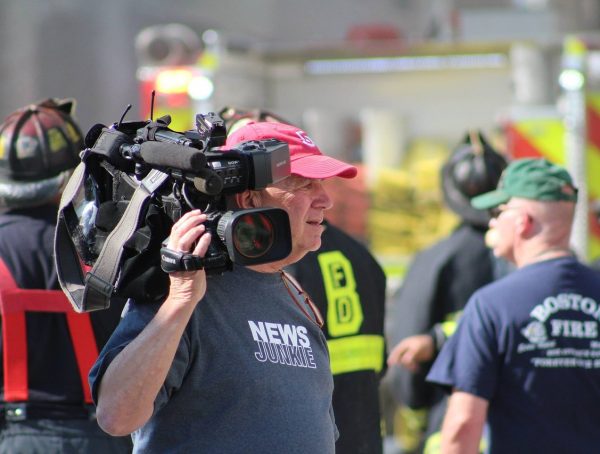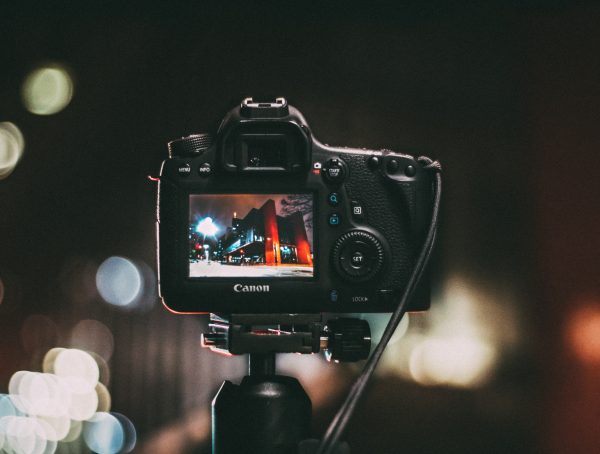The current political climate is more divided than ever as a result of the past few years and the recent election. Journalists must cover demonstrations as part of their job, but those are not without risk.
Lieutenant Shayla McGuire, Crime Prevention Lieutenant for the University of Mississippi Police Department, underlines some of the safety protocols journalists must remember when covering potentially dangerous events.
“You want to inspect the area beforehand, be aware of any escape routes, or places that can protect you if violence erupts. Basically, make sure you know your surroundings: If there was an outbreak of violence, where would you go? How could you be safe? Is there a nearby building that you can duck into in case violence erupts? Will that building be unlocked during that time of the protest or during the time that you are there reporting the story? Is there any high ground that you can access to avoid being injured in a crowd if everyone starts to run?” explains McGuire.
Assess the risks of the area: always make sure you do not have your back against a wall in case you need to escape. Look for law enforcement presence, as it is a good indicator: the more police agents, the more dangerous the situation. Pay attention to the movements of the crowd, and plan escape routes. McGuire says that law enforcement usually has designated safe areas for press representatives to work from.
McGuire also emphasized that law enforcement officials advise wearing distinctive and easily visible credentials. However, professional journalists disagree on that part.
“Usually, I am 100% like ‘yes wear your credentials where they can be seen, if you’re in a situation where police may need to protect you,'” starts Therese Apel, a professional journalist who had to cover several protests.
However, Apel says some of the protests she covered were interrupted by people harboring their Rebel flags, and who confronted her with comments such as “you’re fake news,” or “you called us white supremacists.”
“I have worked in the streets of Jackson, I’ve written with the frontline gun crimes and addiction team, I’ve got my own military-grade bulletproof vest — I don’t get scared very easily. But there was one of these where I was frightened because […] it was all men, they were all bigger than me by far, and they were in my face about how I have betrayed them somehow,” continues Apel.
Apel adds that you need to be able to run if you have to. That means wearing shoes that enable you to run, and use appropriate equipment: carry your cellphone as your camera, or a small handheld instead of a bulky camera and tripod kit. If you can help it, don’t do it alone — try having a camera person, or another journalist with you.
“We live in a world right now where people don’t like us, and you’re not always safe. Your ability to kind of pay attention to your surroundings needs to go beyond a reporter’s instinct. It needs to have a little bit of color from law enforcement in there, from a standpoint of ‘I am protecting my life’ — and I know that sounds dramatic, but it’s not right now,” warns Apel.
Another aspect of safety that you should not neglect is communication: make sure somebody knows where you are, what you are covering, and whenever you move location. Always have an emergency contact on you, somewhere easy for law enforcement or an EMT to find in case you get harmed.
“One of the tricks a lot of people use is to write with permanent marker their emergency contact on their arm, and law enforcement, EMTs will look for that — or just, you know, keep it in your pocket so we can find that contact people in the event that you’re injured,” explains McGuire.
She concluded by listing a few things you might want to bring with you: a first-aid kit, extra water, a backup charger, your daily medication, and your identification.
In the end, both Apel and McGuire agree that safety comes first. Always ask yourself if the story is really worth the risk.








